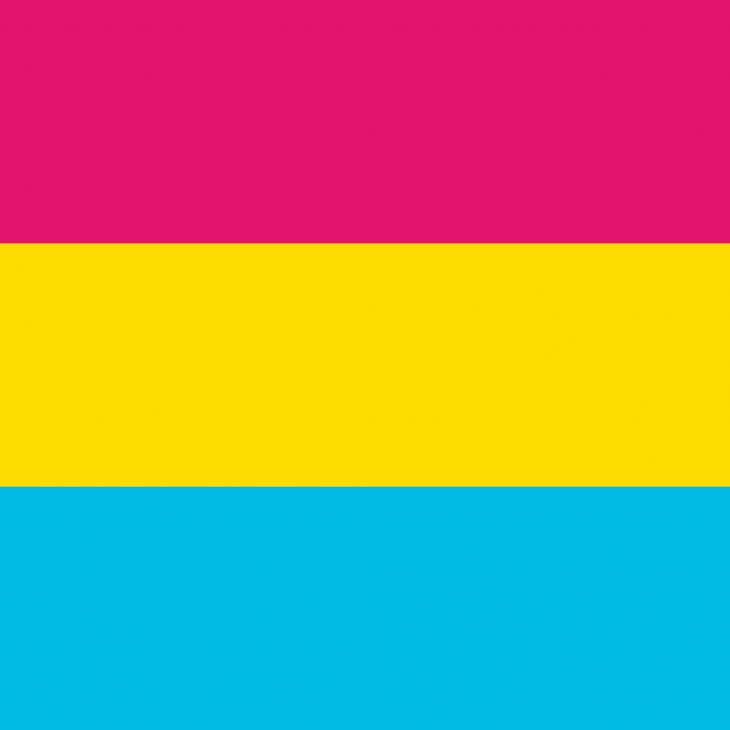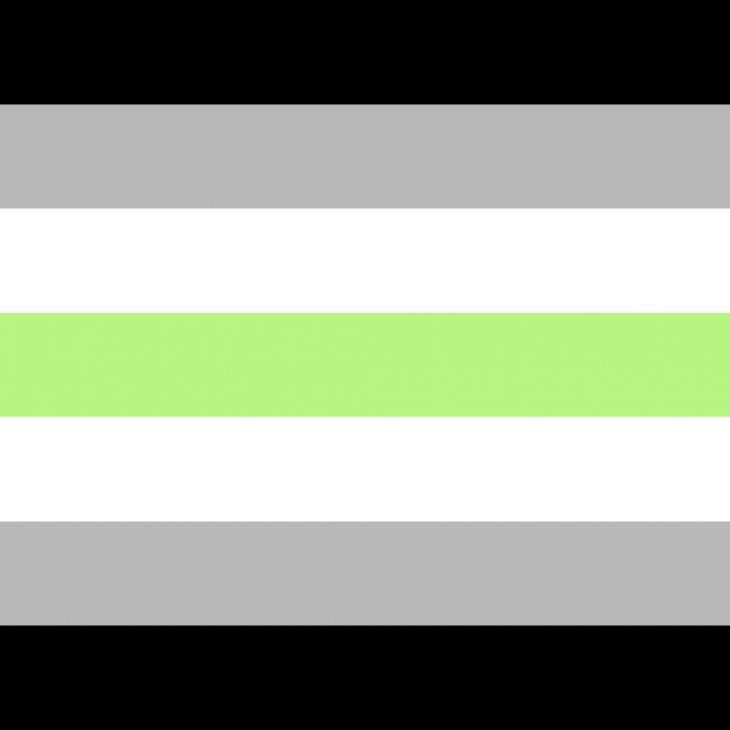
Exploring The Different Pride Flags & What They Stand For
People often use the rainbow-colored flag to represent the LGBTQ+ community. Few people are familiar with the different flags that represent different identities within the community.
The pride flag is a symbol of solidarity and inclusion. It offers members of the diverse LGBTQ+ group a sense of validation knowing that one is seen and heard by people like them.
The history of the pride flags takes us back to the original flag designed in 1978 and inspired by Judy Garland's "Over the Rainbow." With that, here are different pride flags and their meanings
Original Rainbow Pride Flag

Shutterstock
The original pride flag, which had eight colors, was designed by Gilbert Baker in 1978. Each color had a unique association.
- pink = sex
- red = life
- orange = healing
- yellow = sunlight
- green = nature
- turquoise = magic/art
- indigo = serenity
- violet = spirit
Rainbow Pride Flag

Shutterstock
This is the iteration of the pride flag that's most commonly known and used today. It has six colors meant to symbolize the overall LGBTQ community.
Two of the stripes were dropped, partly because of the lack of availability of hot pink fabric, but also, there were reportedly complications with the flag having an odd number of colors. Turquoise was subsequently dropped.
Philadelphia's People Of Color Inclusive Flag
This flag was created in 2017 to acknowledge the lives of Black and Brown folk of the LGBTQ community and the unique challenges, including their frequent exclusion from the community.
Bisexual Pride Flag

Shutterstock
Michael Page created this flag to provide people who identify as bisexual a flag by which they could better connect with and feel represented by. The colors of the stripes represent:
- magenta = same-sex attraction
- blue = heterosexual attraction
- lavender (mix of magenta and blue) = attraction to both sexes.
Pansexual Pride Flag

Shutterstock
This flag started showing up online in 2010. and has become the symbol of attraction to all genders. The different colors represent:
- Pink: Attraction to women
- Yellow: Attraction to all other genders
- Blue: Attraction to men
Lesbian Labrys Pride Flag

Shutterstock
There are numerous lesbian flags. This one was inspired by the Amazons, a tribe of warrior women from Greek mythology.
The Amazons wielded the double-headed ax, while the black triangle on the flag was the symbol used to distinguish lesbians in Nazi concentration camps, according to "Health". The symbol has since been reclaimed.
Lesbian Pride Flag

Shutterstock
Sometimes this flag includes a kiss mark on the left corner, representing feminine/ lipstick lesbians though this newer version without kiss mark is widely accepted in the lesbian community.
The lesbian pride flag was created by Natalie McCray and is for lesbians who are butch, futch, or gender non-conforming.
Asexual Pride Flag

Shutterstock
The flag was designed by a member of the Asexuality Visibility and Education Network (AVEN) to represent asexuality, and the Asexual Visibility and Education Network describes asexuality as not being attracted to people sexually.
- black = asexuality
- gray = asexuality or demisexuality
- white = allies
- purple = asexual community
Intersex Pride Flag

Shutterstock
The intersex flag was designed in 2013 by activist and author Morgan Carpenter of the advocacy group Intersex Human Rights Australia. They tried to stay away from gendered colors pink and blue.
"We are still fighting for bodily autonomy and genital integrity, and this symbolises the right to be who and how we want to be."
The Intersex Human Rights Australia stated.
Transgender Pride Flag

Shutterstock
The transgender flag was created in 1999 by activist and author Monica Helms. "Pride" quoted Helm saying that the reason for the colors placed in that order represents that "whichever way you fly it, it will always be correct."
- Blue = boys
- Pink = girls
- White = people who are transitioning, have no gender or are gender-neutral
Genderfluid Pride Flag

Shutterstock
In 2012, JJ Poole created the gender-fluid flag out of disappointment with the lack of symbolic representation of genderfluidity.
The flag embodies the flexibility of gender, featuring "feminine" and "masculine" colors, pink and blue, and everything in between, so to speak, representing the lack of gender, presence of both, and the presence of all with the white, purple and black respectively.
Genderqueer (Non-Binary) Flag

Shutterstock
"Advocate," says that Marilyn Roxie created this three-striped flag in 2011. It is sometimes referred to as the non-binary flag. However, there is also a non-binary flag created by Kye Rowan in 2014 for folk who feel inadequately represented by the genderqueer flag.
- Purple = Androgny
- White = Agender identities
- Green = Non-binary people
Agender Pride Flag

Shutterstock
For those who don't identify with a gender, in 2014, Salem X created the seven-striped agender pride flag, according to "Health."
- Black and white = absence of gender
- Gray = Semi-genderlessness
- Green = Non-binary genders
"Progress" Pride Flag

Shutterstock
In 2018, Daniel Quasar set out to rework the existing rainbow pride flag to give more meaning. This iteration of the flag was meant to be inclusive of queer people of color, trans people and represent those lost to AIDS.
"I wanted to see if there could be more emphasis in the design of the flag to give it more meaning."
Quaser wrote on "Kickstart."